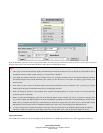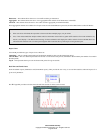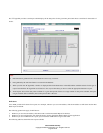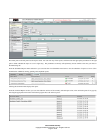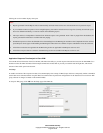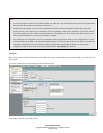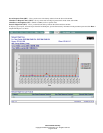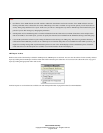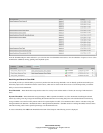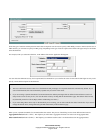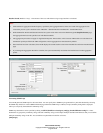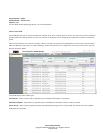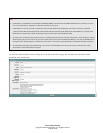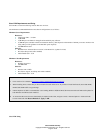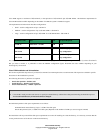
Cisco Internal Use Only
Copyright © 2006 Cisco Systems, Inc. All rights reserved.
Page 45 of 66
Note:
1. Pre-filtering: Cisco PVM depends on traffic statistics gathered by the NAM to perform its reporting. Cisco PVM performs some pre-
filtering of the data is has collected for the various ART Groups. If no data is available for a given time period, you will not be able to
see any ART groups and hence see a report. In this case you will see a message that says that no ART Groups were found for the given
period. If you see this message, try changing the parameters.
2. NFT depends on Cisco PVM being able to correlate information from the client and server NAMs. Since there can be multiple client
and server NAMs, to see a NFT report, you have to specify the client and server NAMs from the NAMs that belong to the ART group.
3. Cisco PVM synchronizes collection cycles among the datasources that belong to an ART group. This does not guarantee that data is
collected from the NAMs that you select to run a NFT report on. If similar data points are not available from the NAMs you select, you
might see a warning message that asynchronous data points were seen. Cisco PVM ,displays all the available data points. If both the
client-side and server-side data points are available, Cisco PVM calculates the NFT and displays it.
ART Report Archives
Similar to the archive functionality available in the Reports tab, ART Reports are archived. You can view the archives for the currently selected
report by clicking the Current Report Archives menu item in the Archived reports subsection. You can also look at the archives for any type of
report by clicking the appropriate link in this section.
Archived reports are versioned and are available even after the dependant data is purged from the Cisco PVM database.



